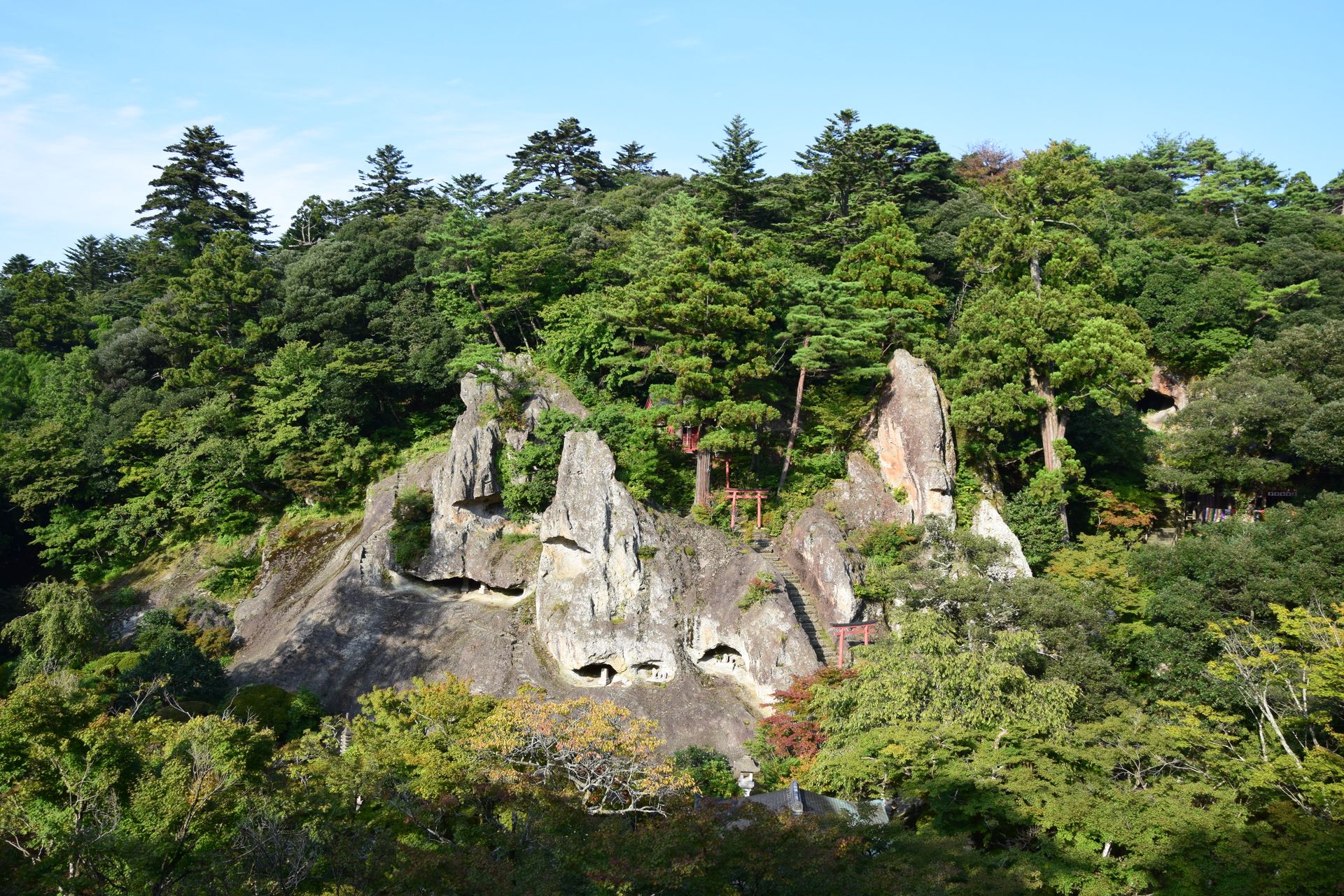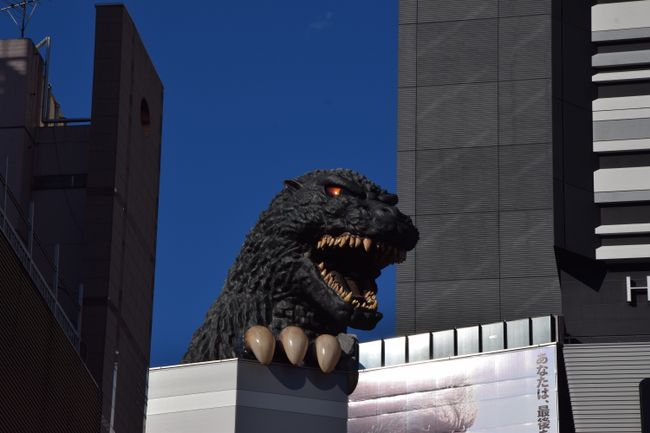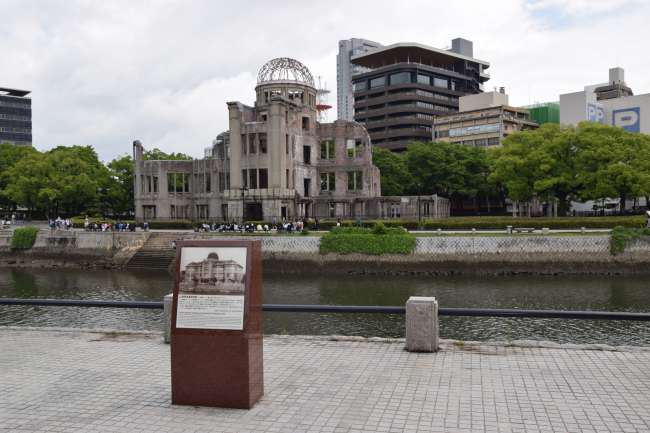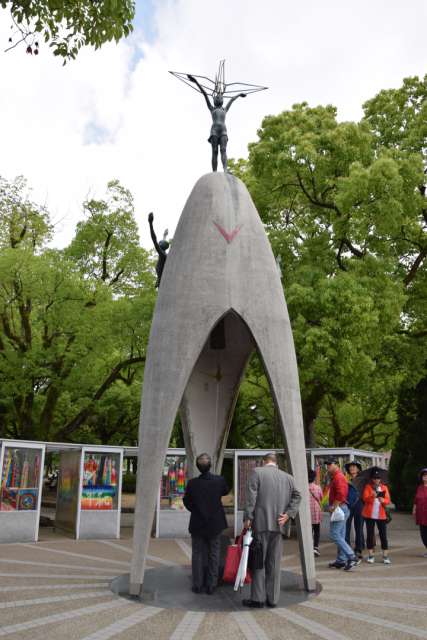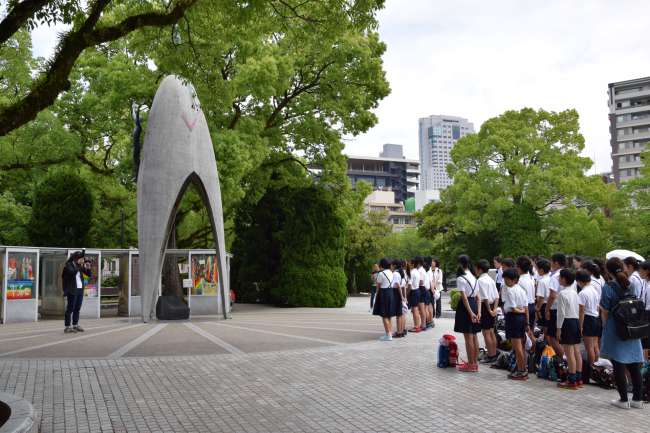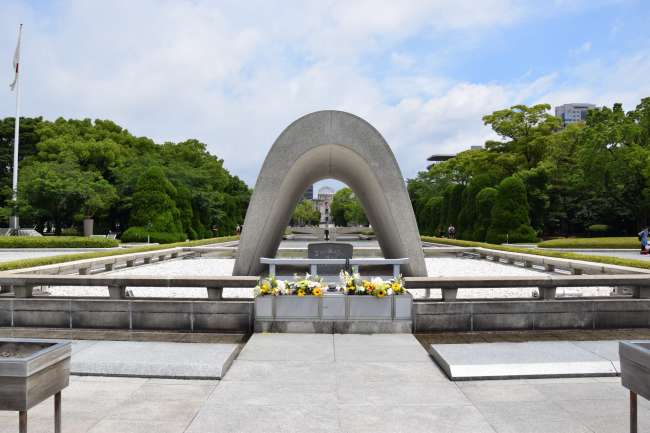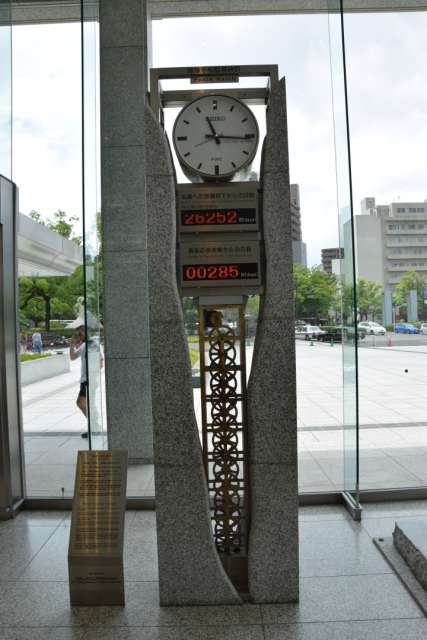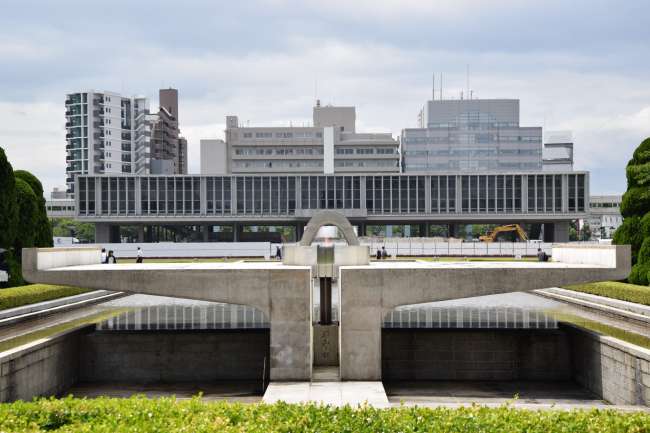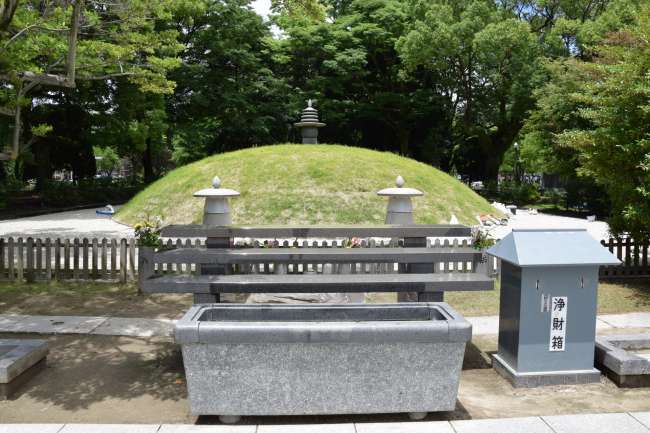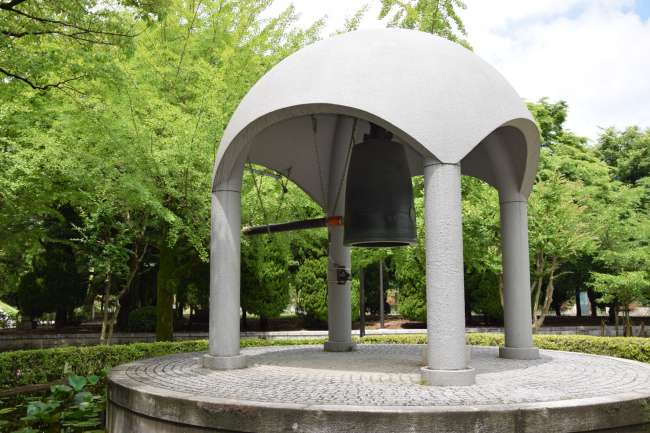The Peace Park
Հրատարակվել է: 22.06.2017
Բաժանորդագրվել տեղեկագրին
August 6, 1945 at 8:15 a.m.: America drops the first of two atomic bombs on Hiroshima to force Japan's surrender. The following day, the second bomb is dropped on Nagasaki. Approximately 140,000 people, mostly civilians, are estimated to have died in Hiroshima by the end of 1945. To this day, only 21,750 people have been identified by name. At the time, Hiroshima had one of Japan's largest military bases.
Today, the city has been completely rebuilt, and - to reassure you - there is no longer any radioactive radiation (or at least no more than in other parts of the world). The Gembaku-Domu, formerly a commercial center, was left standing as a monument to humanity. The atomic bomb exploded just 160 meters away and 600 meters above the ground. It was not until 1996 - after pressure from Japan - that the dome was declared a World Heritage Site. The committee believed that the horrific event was not a world heritage. Adjacent to the dome is the Peace Park, which contains various monuments. The Children's Peace Monument is dedicated to the deceased children. On top of it, there is a figure of a girl named Sadako. After the bombing, Sadako suffered from leukemia. To alleviate her suffering, she began folding 1,000 origami cranes. An old Japanese saying states that one should fold 1,000 cranes to regain health. Sadako folded over 1,300 cranes before she died of leukemia. Surrounding the monument are glass cases filled with thousands of origami cranes, which are continuously replenished with new origami donations.
Next to the monument is a burial mound where the ashes of tens of thousands of victims were buried. Towards the Peace Museum is the Flame of Peace, which will only go out when there are no more atomic bombs in the world. The museum provides detailed explanations of everything - from the bombing to the reconstruction. In a small part of the museum, artifacts found after the bombing and pictures of the injured are also displayed. This requires strong nerves (which I don't have. I couldn't see everything). After seeing all of this, you have to swallow a big lump and leave the museum/park very sad and pensive. That's why we went to the castle and a Japanese garden afterwards.
Բաժանորդագրվել տեղեկագրին
Պատասխանել
